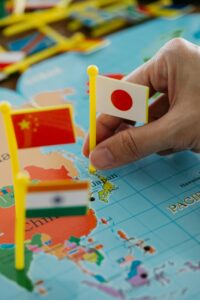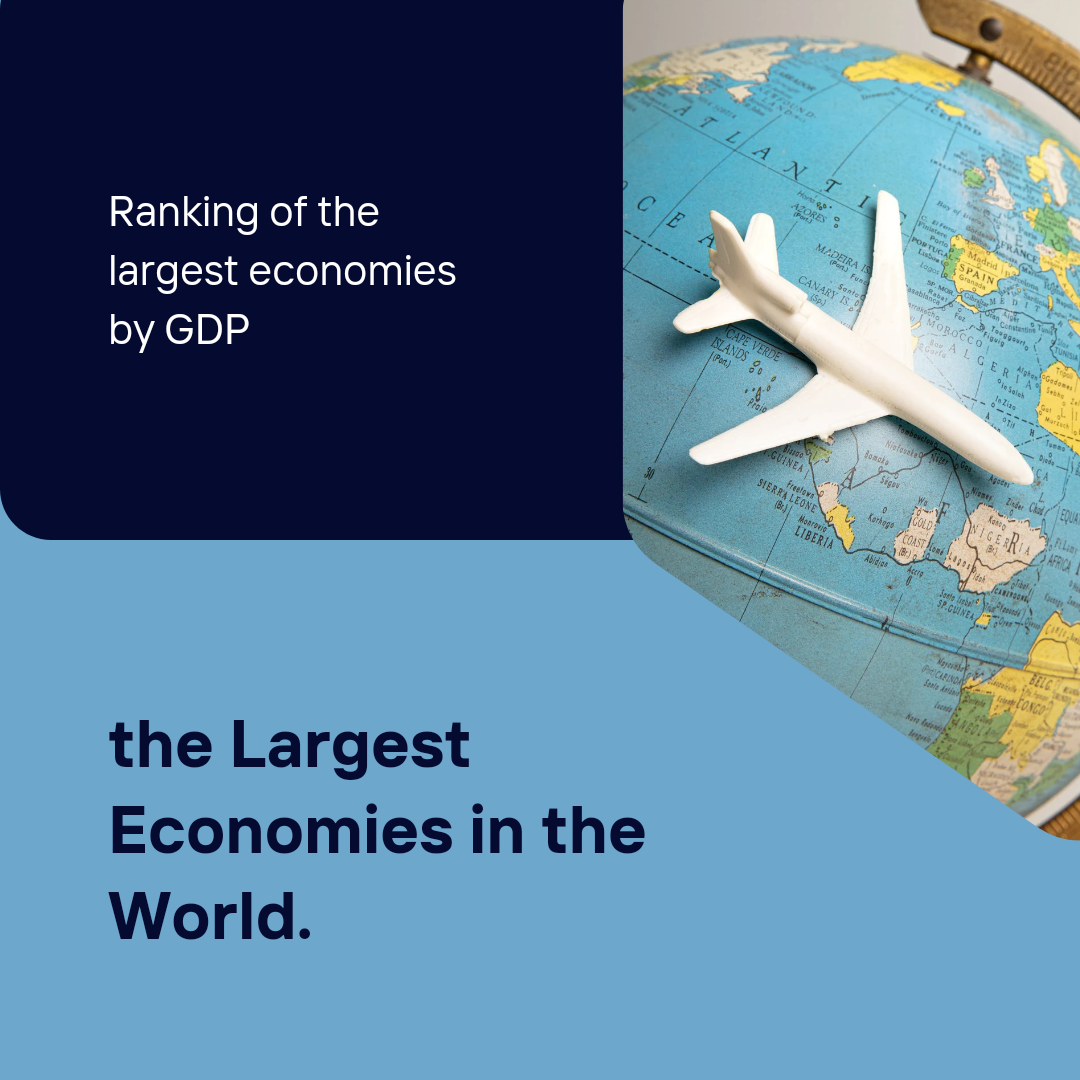Introduction:
The global economic landscape is a complex tapestry woven with the threads of various nations, each contributing to the intricate pattern of growth, development, and prosperity. In this exploration, we delve into the largest economies in the world, seeking to understand the forces that shape their economic prowess and influence on the global stage.
Understanding Economic Size:
Economic size is often measured by Gross Domestic Product (GDP), a metric that encapsulates the total value of all goods and services produced by a country within its borders. The larger the GDP, the more substantial the economic impact a nation can exert both domestically and internationally.
The Giants:
United States:

Towering above all, the United States boasts the world’s largest economy. A powerhouse fueled by innovation, technological advancement, and a diverse economic landscape, the U.S. has consistently maintained its leadership position. Sectors like technology, finance, and healthcare contribute significantly to its economic might.
China:

In the East, China emerges as a formidable force. Rapid industrialization, a vast population, and strategic economic planning have propelled China to the forefront of the global economic stage. Its manufacturing capabilities, coupled with a growing consumer market, contribute to its economic ascendance.
Japan:
Known for its technological prowess and precision manufacturing, Japan holds a prominent position among the largest economies. Despite facing demographic challenges, Japan’s emphasis on research and development, coupled with a robust export-oriented economy, continues to drive its economic engine.
European Union:

While not a single nation, the European Union collectively represents a significant economic force. Comprising powerful economies like Germany and France, the EU leverages its collaborative strength to compete globally. The Eurozone, in particular, plays a crucial role in shaping the economic landscape of the continent.
Forces Shaping Economies:
Innovation and Technology:
A common thread among the largest economies is their emphasis on innovation and technology. Whether it’s Silicon Valley in the U.S., China’s tech hubs, or Japan’s research institutes, the integration of cutting-edge technology is pivotal for sustained economic growth.
Global Trade:
International trade plays a pivotal role in the economic dynamics of these giants. The ability to export goods and services, coupled with a competitive import strategy, fosters economic interdependence and growth. Trade agreements, geopolitical considerations, and market access all play crucial roles in shaping these economies.
Government Policies:

The role of government policies cannot be overstated. Fiscal and monetary policies, regulatory frameworks, and initiatives promoting entrepreneurship and investment contribute to the economic health of a nation. The balance between government intervention and free-market principles varies among these economic giants.
Challenges and Vulnerabilities:
Despite their economic might, these nations face challenges and vulnerabilities that can impact their growth trajectories. From socio-economic disparities to environmental concerns and geopolitical tensions, navigating these complexities requires strategic foresight and adaptability.
Conclusion:
In the grand tapestry of the global economy, the largest economies weave a story of resilience, innovation, and adaptability. The United States, China, Japan, and the European Union stand as pillars of economic strength, each contributing uniquely to the world’s economic mosaic.
As we navigate an era marked by technological revolutions, climate change, and shifting geopolitical landscapes, the future of these economies will be shaped by their ability to embrace change, foster inclusivity, and navigate challenges with a global perspective. The interconnectivity of these economic giants underscores the importance of collaboration in addressing shared challenges
and fostering sustainable growth on a global scale
